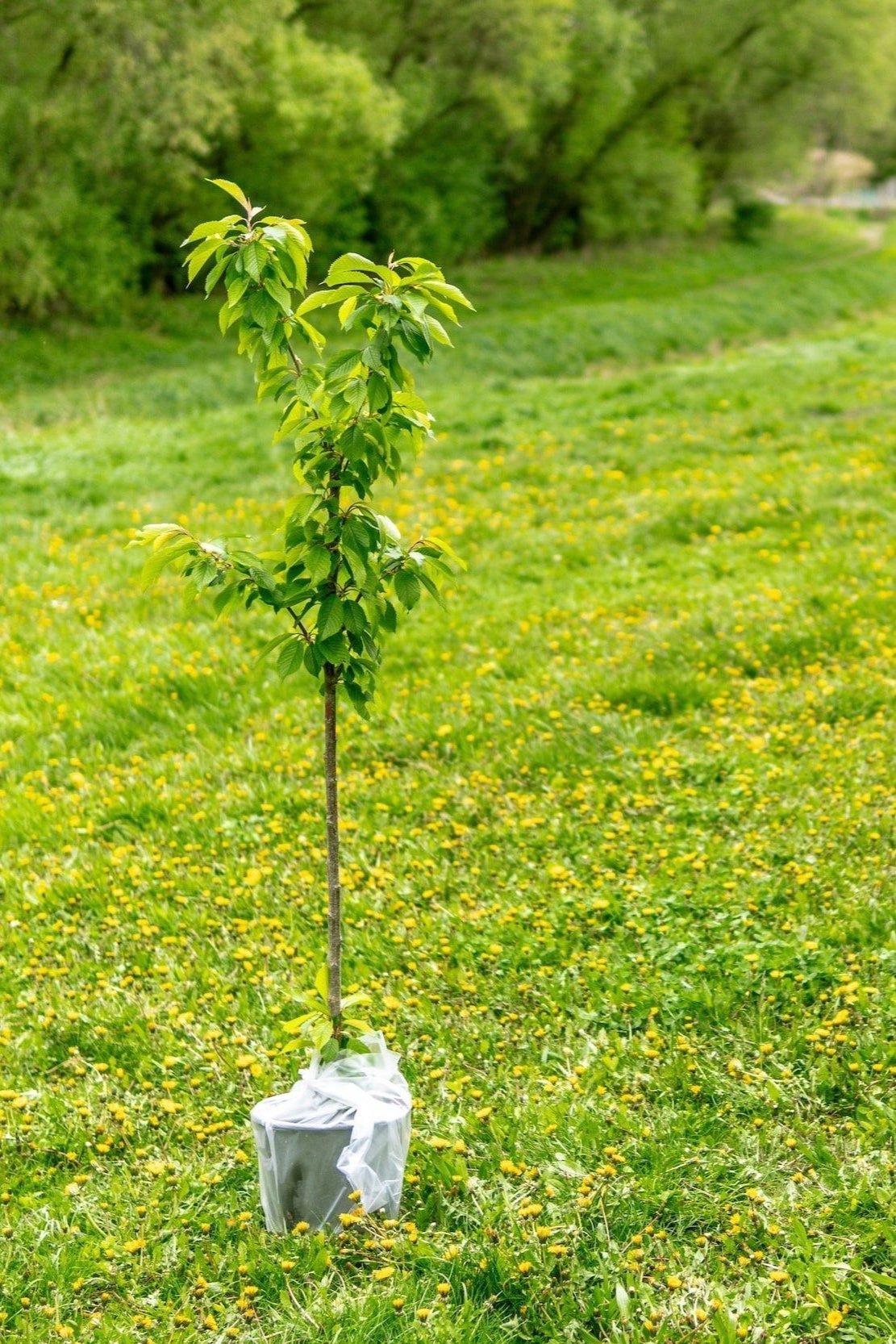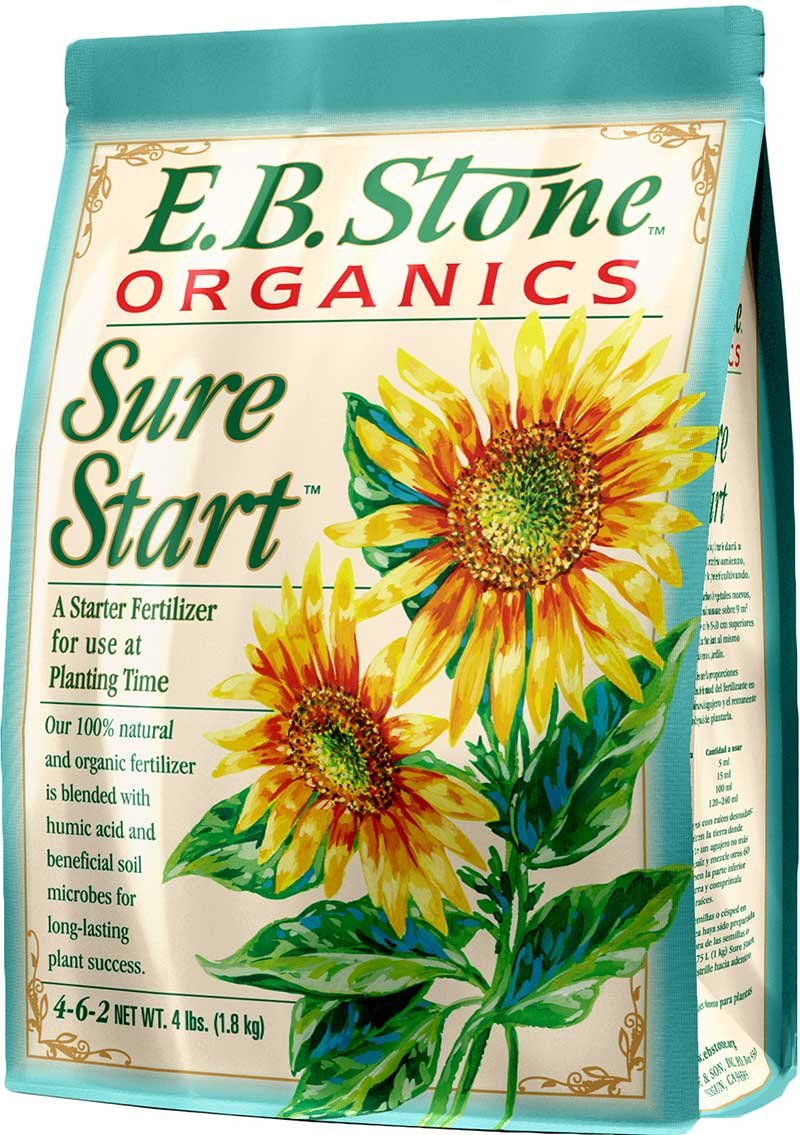Establishing New Plants – A Year in the Life
Establishing New Plants – A Year in the Life
For a new plant in your garden, the first year after being planted in the ground is the period of “establishment” and is the most critical to a plant’s longevity. This is the crucial time in the establishment of its root system. A strong root system will allow this plant to become vigorous, drought tolerant and resistant to insects and disease for years to decades to come. It is a fallacy to think that neglecting a plant or skimping on water early in its life will make it tougher. As shallow and inconsistent watering causes stress and can predispose plants to disease, excessive or daily watering will also result in the same. There are many factors to consider in selecting a plant for your garden: first is your commitment to watering and maintenance, others are outlined below.
Newly installed plants have basic needs that need to be addressed to get them established.
Placement • Planting • Water • Fertilizer • Mulch • Pruning
Placement: It is crucial to understand the exposure needs of your plants and consider this when placing plants in your garden. Shade plants placed in the sun can be burned while sun plants in shade will become leggy as they reach for the sun and are unlikely to bloom. Place plants with similar water needs together. You would not want to place regular water need (twice a week) plants next to succulents (every 2 – 3 weeks).
Planting: Plan to plant your new items within a short period after purchase. Plants will not thrive in their original nursery cans and are likely to fail over time. Water the plants prior to planting.
We recommend digging the planting hole twice the width of the grower pot and the same depth. Remove the soil and combine 1/2 - 2/3 of this soil with an appropriate planting amendment. The nursery staff can recommend a soil mix appropriate for the plants you have selected. Most plants want well-drained loamy soil, rich in organic matter – succulents and the protea family prefer non rich soil. Please refer to our Planting Guide for plant specific instructions.
Water is the predominant element in the life of a plant. It is often the most underestimated and the least understood. The most common reason for plant loss during the establishment period is improper watering, whether it be too much or too little. It can be challenging to navigate irrigation in the Bay Area since we have so many microclimates and soil types, combined with the fact that we have been in a drought for so long with water restrictions. However, withholding water from plants during their first year will have negative ramifications throughout their life.
In general, most plants need approximately 1 inch of water per week. A rule of thumb is to water less frequently but deeply. Deep watering encourages the roots to grow downward which will enable them to become drought tolerant and find water on their own over time. Deep watering twice a week is an approximate guide. Carefully consider when watering more frequently - be sure to allow the top inch or two of soil to dry between waterings.
As a general guide run irrigation for approximately 30 -40 minutes in the early morning adjusting for the following:
Season: Watering varies throughout the seasons of the year.
Spring: Begin to irrigate once the rains have stopped. Pay attention to periodic rains and dry periods and adjust the schedule accordingly.
Summer: During especially warm periods or heat waves, plan to add an additional watering episode.
Fall: As the soil and evening temperatures drop in fall, you can reduce the amount and frequency. In the Bay Area, we frequently experience an Indian Summer, so paying attention is essential as extra water would be needed during that time.
Winter: During the rainy season, you can typically turn off irrigation. Pay attention to unseasonal heat waves that we are occasionally known to experience.
Soil Type: Sandy soil will typically need more frequent irrigation than clay. Clay soil will retain moisture longer than sandy soil. Clay soils are slower to absorb water, you may have to cycle the runtimes to prevent runoff; two to three, 8-12 minute cycles, 45 minutes apart will help the soil to absorb more water without runoff. Adding organic matter to any soil will improve soil structure which in turn will help with regulating water practices. In sandy soils, organic matter will help hold moisture, while in clay soils it will help with absorption and drainage.
Exposure: Sunny conditions will need different watering frequency than shade.
Grey Water: If you are conserving grey water, it can be tempting to use it daily to water as you accumulate it. Be aware and avoid frequent and shallow watering. This can result in a condition of overwatering and underwatering plants at the same time. It can be very harmful to plants and can lead to failure.
Overwatering: When soil is too wet it compresses the oxygen from the soil structure and leads to the suffocation and death of plant roots. The roots are unable to take up water when the soil is too wet. The plant will appear wilted with yellowing leaves and stunted growth. Check the soil when a plant is wilted before watering to ensure it is not moist.
Underwatering: Plants that are underwatered may be wilted and have droopy and folded leaves. Over time the leaves may become yellow with crisp brown margins or completely browned and crispy. The plant will have stunted growth. The soil will be one of two things; very light, fluffy, and dry or very hard and compressed. Long periods of underwatering can be lethal to the plant.
Fertilizer: Nutrients are essential for plant and root growth, vigor and disease resistance. It can be helpful to add a “starter” fertilizer when you are planting. Along with the nutrients in the soil, it provides the plant with the phosphorus needed for good root development. Always water after using granular fertilizers. Select a fertilizer appropriate for the plant and use regularly according to the instructions. Many fertilizers recommend quarterly or seasonal applications. Our customers often find it is easier to remember to do something once a month over quarterly. This will mean that you will have to recalculate the recommended application rates. Reduce quarterly amounts to 33% when applying monthly.
Mulch: Mulch retains moisture, moderates the soil temperature, improves soil structure, adds nutrients, reduces weed growth and is aesthetically pleasing. Leave a 2-3” band around the stems or trunk that is free of mulch. An application of two to three inches of mulch is recommended annually. Following this practice faithfully over time, will improve the soil structure to a rich loamy soil.
Pruning: Reducing the number of or removing fruit or excessive flowers through the first year will allow the plant to put more energy onto establishing



